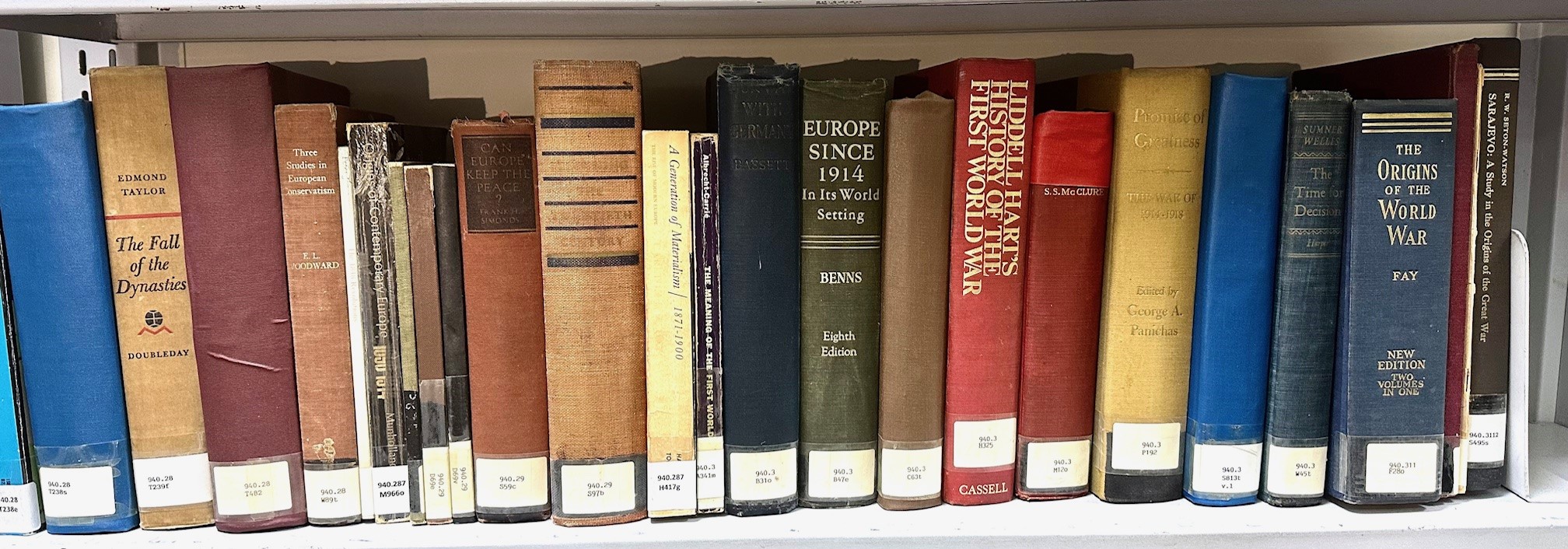HU Repository
HU Repository serves as an academic and research repository, offering a rich assortment of Haigazian Armenological Review research outputs along with publications from the Armenian Diaspora Research Center (ADRC) and Haigazian University Press (HU Press). Additionally, it hosts a repository of MA and MBA theses.
With a focus to meet the needs of scholars, students, and researchers within and beyond the Haigazian University community, our repository provides seamless access to a diverse range of scholarly materials. Whether you're delving into historical studies, exploring contemporary research topics, or seeking insights from thesis works, the HU Repository stands as a cornerstone for intellectual inquiry and collaboration.

Communities in Haigazian University
Select a community to browse its collections.